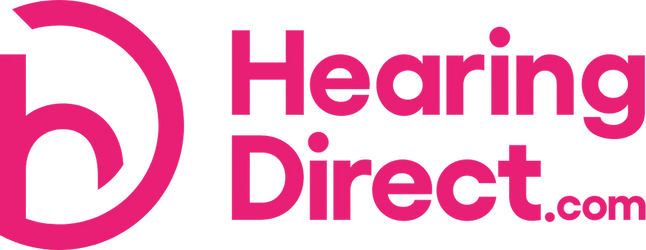Which Hearing Aid Is Best?
Today, the hearing aid market is very complex, constantly changing and offering an immense variety of hearing aids and assistive listening devices. When you literally have too many options to choose from, it can be very easy to become confused and frustrated over the decision you have to make. However, this diversity has also made a very positive impact on the hearing aid industry. The leading manufacturers are now in positive competition with each other, resulting in greater levels of customer satisfaction and modern high tech devices that are able to suit the needs of a much greater number of people.
Of course, the race for the most innovative device also leads to one very important question, which every hearing aid user should ask themselves.
The question is easy – “Which Hearing Aid Is Best?”
The answer can be a bit complex and tricky. “Best” has to imply best for the individual and that is where the problem arises. The personal needs of each person are as varied as the lifestyle that they lead and this is compounded by the degree and nature of their hearing loss. Faced with such variables, the argument must focus strongly on “best” having a high correlation with “flexible”. Unless a hearing aid has the ability to flex according to different requirements it cannot be considered best and hence the top end of Hearing Direct’s portfolio is comprised by fully programmable devices, which feature multiple programmes, telecoils, interchangeable tubes and various dome sizes, all combining to produce high satisfaction in fit and performance. Conversely, Hearing Direct’s lower end of its hearing aid portfolio includes devices with more limited flexibility, a standard fit and a standard programme to accommodate the classic high frequency hearing loss. In many instances these work well but they are by no means suitable for all, particularly for those with demanding lifestyles and/or significant hearing loss.
What about hearing aids’ style or type? Is there a best format amongst the range of behind-the-ear, in-the-ear, in the canal, bone anchored, etc. devices? The short answer is “No”. The best format is once again the system that will be most suitable for the individual. However, there are some certain facts that can help the user make a better choice. If the best format was to include reliability as one of its criteria, then we can state that there should be a leaning away from in-the-ear products and an emphasis on behind-the-ear solutions. There is no doubt that some systems are more robust and more reliable so unless there are significant additional and over-riding factors, one could have a reasonable case to argue that behind-the-ear products are best. Without a doubt the best hearing aid is the one that works for you and gives back your world of communication. It is advisable to consult with a hearing aid specialist before you make your final choice. Hearing Direct offers excellent customer service and our staff can professionally guide you through the characteristics of each of the devices available on our website and considering your individual condition, will be able to offer several suitable options.
You can also have a look at this simple list that shows some of the most common characteristics that hearing aid users look for when they purchase devices:
- A noise reduction system
- Covered hearing loss type and range
- Battery life (estimated hours) and size
- High frequency focus
- An adjustable volume
- Easy Handling
- Telecoil
- Speech focus in noise
- Feedback cancellation and suppression system
- Contemporary and discrete design – level of invisibility
- Special programs, such as “Music”
- Wireless connectivity
- Price
- Etc.
- Level and degree of hearing loss
- History of ear infections
- Ear canal individual characteristics
- Age
- Level of finger mobility
- Way of life and habits – whether your daily routine is more active with a lot of communication with others, especially outside, or involving spending most of your time at home
- Desire and necessity to use assistive listening devices and induction loop systems
- Preferred price range

